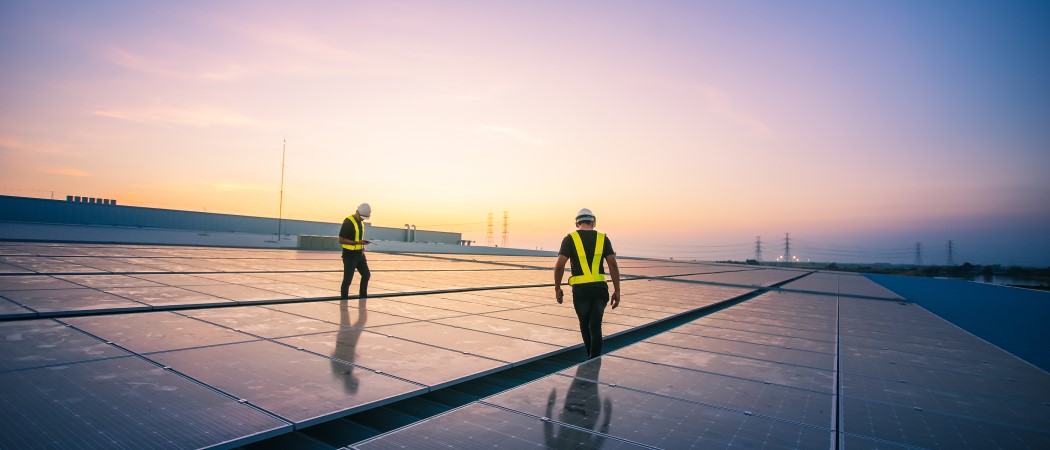
Professor Phillip Dale of the University of Luxembourg and Professor Mike Scarpulla of the University of Utah have discovered that researchers improve the efficiency of solar cells, the constituents of photovoltaic panels, at the same rate independently of the technology over the last decades.
Two important consequences of the study are:
(i) it is possible to measure the promise of new solar cell technologies at any stage of development and
(ii) from the science of science perspective, the rate of scientific learning appears constant over the last decades, but hints of accelerated learning are discernible as ideas are cross-pollinated between the technologies.
Solar cells are one of the key technologies which will enable energy independence and allow a green energy transition to net zero carbon. The amount of electricity that a solar cell can produce is related to its efficiency; the higher the efficiency the greater the amount of electrical energy that can be produced from the same surface area and constituent materials, and the cheaper the price of electricity becomes. Photovoltaic modules already provide one of the cheapest forms of renewable energy generation.
Normally, the efficiency performance progress of solar cell development is measured as a function of time. However, what is important, is not the time that has passed, but the research effort required to achieve an efficiency improvement. To capture the research effort for a particular solar cell technology, Dale & Scarpulla used the cumulative number of scientific articles published on that technology. For all commercial solar cell technologies, they discovered that the efficiency of the solar cells improved by 5% efficiency for every order of magnitude of published articles. i.e., to go from 5 to 10% efficiency one hundred publications are required, whilst to go from 10 to 15% one thousand publications are required, and so on.
This result was extremely surprising, since in the last ten years a new promising solar cell technology called “halide perovskite” emerged and surpassed most other technologies rapidly. However, once the rate of learning had been accounted for, its growth rate is actually similar to already commercial solar cell technologies. Its rapid growth appears to be accounted for by the willingness of large numbers of scientists to continually join and work on the same material system.
The consequence of this standardised learning rate is that it is now easy to benchmark new and emerging technologies to see how they measure up to current commercial technologies enabling scientists to focus their efforts on promising candidates. Quantum dot solar cells are improving their efficiency now faster than the standardised learning rate due to a cross pollination of ideas from other technologies.
The highest power conversion efficiency commercial photovoltaic modules are around 23- 24% efficient. The engineering limit is considered to be around 28% but given the logarithmic like nature of the learning curve, reaching these engineering limits seems difficult. Luckily, the next jump in efficiency will be caused by stacking two solar cells on top of another, which scientists all around the world are now working hard on.
Read the full article by Prof. Dale and Prof. Scarpulla.
This article was first published on 3 January by University of Luxembourg.





 A unique international forum for public research organisations and companies to connect their external engagement with strategic interests around their R&D system.
A unique international forum for public research organisations and companies to connect their external engagement with strategic interests around their R&D system.